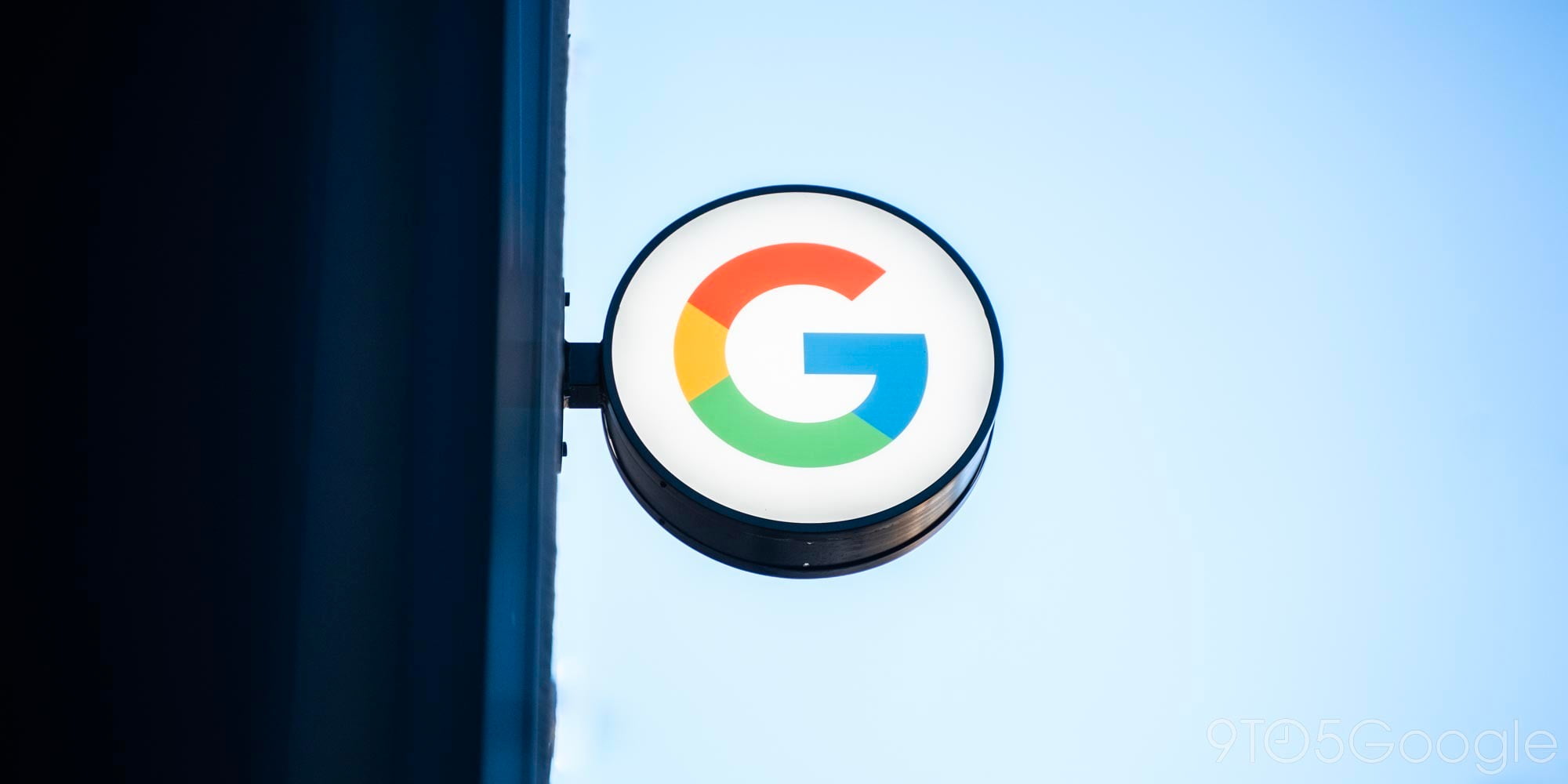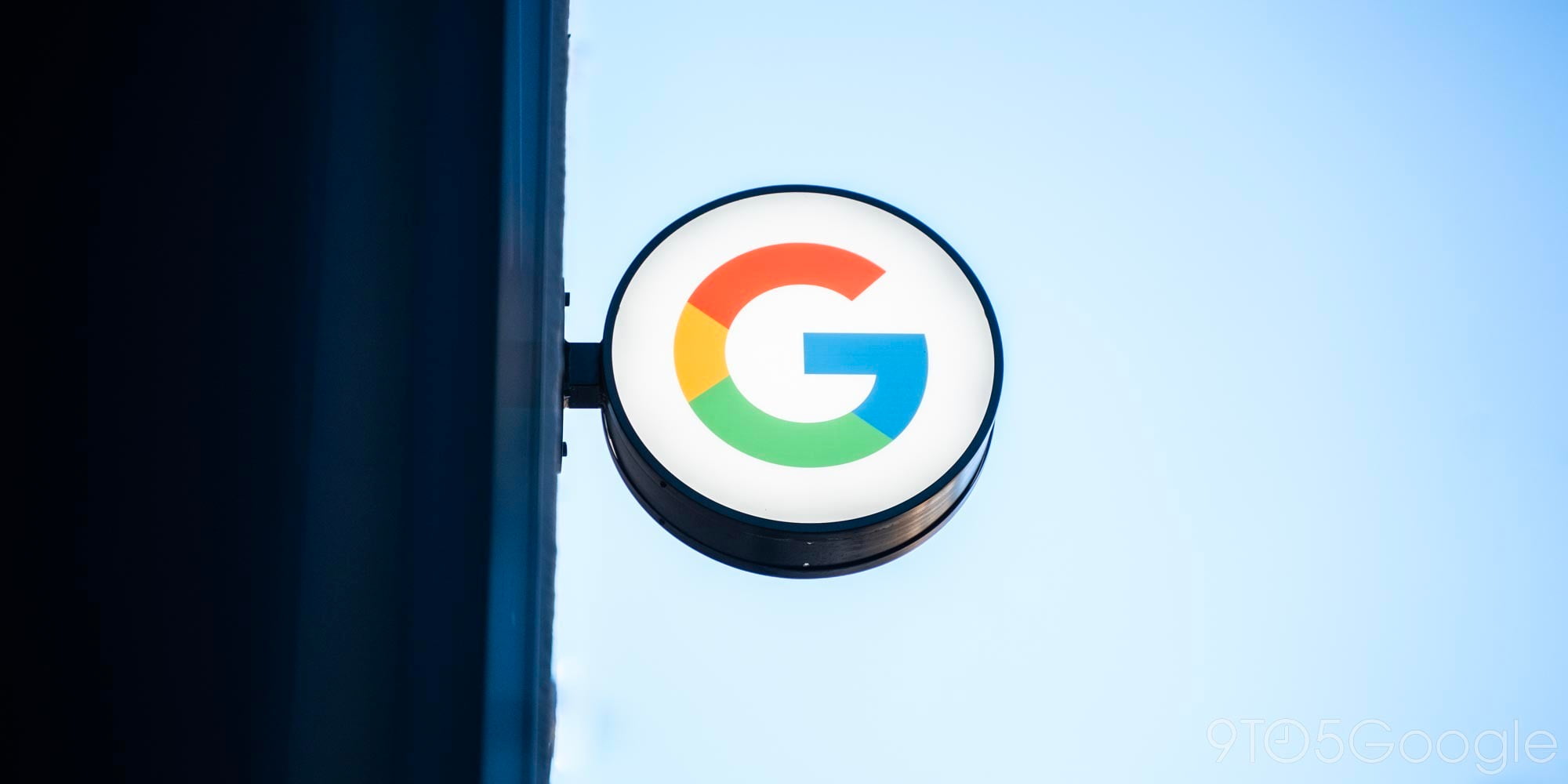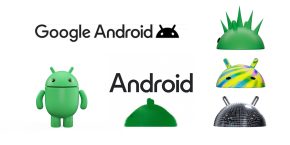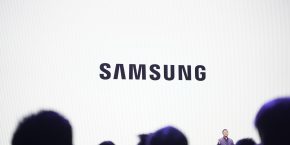
Samsung has put in a lot of work over the last few years trying to create a better smartphone. The Galaxy S6 — which brought a striking new premium design made entirely of glass and metal — was the first big step forward with this. And in the time since, the Korean company has iterated upon what that device offered. The original had both ‘Edge’ and ‘non-Edge’ versions, but that dichotomy is no longer — the ‘Edge’ is here to stay, albeit in a more nuanced way than in previous models.
Things just got better and better over time. The Galaxy Note 5 was great, and the Galaxy S7 duo were some of the best smartphones we had ever seen, offering up a plethora of features that, when combined, made up what was easily the best pair of devices available for the better part of 2017. Then, Samsung announced the Note 7, and it all blew up in their faces. When phones started exploding, customers started getting worried about their devices.
Now, Samsung faces a road to redemption, and that starts with the Galaxy S8 and Galaxy S8+.
Display |
To Infinity and Beyond…
With the Galaxy S8, Samsung has taken a number of risks when it comes to design. The first is, of course, the “Infinity Display.” By trimming the bezels on the phone dramatically, you feel like all you’re holding is a screen. That illusion is only helped by the curved glass and display along either side and the black front. Since this is an AMOLED panel, anything black blends into the little bezel that is present, something which you’ll especially notice with the always-on display.

The trimmed bezels also help keep this phone smaller in the hand. Despite the massive 5.8-inch on the standard Galaxy S8 (which I spent my time with), the phone fit in my hand well, and I actually found it easier to use overall compared to devices with smaller screens. Another contributing factor to that is the 18.5:9 aspect ratio, which makes the phone taller, but thinner.

As for the display’s quality, though: fantastic. It brings the same stunning colors and brightness we’re accustomed to with Samsung displays, all while still offering up excellent color management in the settings. It is worth noting, though, that Samsung’s software runs at 1080p on this QHD panel out of the box. Watching 1080p video on a 4K TV still works and looks great, but there’s a difference when you up the resolution.

What’s the benefit to this? By lowering the resolution, the processor doesn’t have to work as hard, allowing the phone to squeeze out better performance and a bit more battery life. Switching between the two modes isn’t a night and day change, but at the end of the day you’ll just need to decide if dropping resolution for battery life is worth it. For me, it is.
Hardware |
Metal and glass once again add up to a super sleek phone
Moving back to the hardware a bit, though, let’s go a bit further into what Samsung has crafted here. The Galaxy S8 follows the Samsung tried and true design language the company has used over and over again. Using glass and metal, the company has built a phone that looks and feels as premium as the price suggests, and that’s great. However, this design still isn’t for everyone.
You will need to put a case on this phone, because it’s ridiculously slick — even moreso than the Galaxy S7 was. While using glass is always going to result in this, it seems like the glossy frame makes that just a bit worse (even though the colored frames are absolutely gorgeous). Holding the S8 in the hand just isn’t as comfortable as it should be, which is a shame, because Samsung’s competition has gotten this right using the same materials.

One very wise hardware decision Samsung did make on the Galaxy S8, though, was to keep the front panel black on every model. Not only does this lend itself well to the Infinity Display illusion, but it hides the sensors up top. I may be a bit biased as I’ve always preferred phones with black fronts (curse you Really Blue Pixel & Red iPhone 7), but Samsung really made the right choice here.
Further moving around the hardware, we have nothing but the SIM/microSD slot up top, the power button along the right side, volume rocker and Bixby shortcut button on the left, and the headphone jack (woo!), USB-C port, and speaker along the bottom.
Software |
It’s good, but I don’t see it aging well
The biggest issue with Samsung devices over the past, well, forever, has been their software. In the past two years or so, the company has made big strides to clean it up, but you can still very clearly see that you’re using a Samsung phone with the S8’s software. However, that’s not a bad thing anymore. We’re long past the days of TouchWiz being an absolute eyesore.
Samsung’s skin is still the most feature-rich, heavy skin you’ll find on a mainstream Android smartphone today, but it strikes a good balance this year. Built on top of Nougat, everything functions, more or less, as it should and does in Google’s version of Android. Everything looks a little different since this is Samsung, but I can’t say I don’t like it. Even if you’re not a fan of the bright color scheme, you can easily change it with a theme.

Lots of extra eatures are very present in this device as well. Just about everything you could imagine is here, from an edge display (and the variety of bonus features that brings), an always-on display (which shows notifications), night mode, power saving options, and dozens upon dozens of other tools and options. Some of the Note 7’s features even make an appearance, such as the ability to create GIFs from what’s on your display or take “selective” screenshots.
With all the good in Samsung’s software, though, there’s one very big problem: it already lags sometimes. At least once a day, if not more, the phone will lock up for a few seconds or drop frames while scrolling. It’s 2017 and this phone has the some of the strongest specs ever packed in a smartphone. It should not lag after just a few days.
Just to put things in perspective, Huawei, the butt end of every “iOS clone” joke out there has finally figured out how to make software that doesn’t lag. It’s time for Samsung to as well.

Bixby: A digital assistant that isn’t even done yet
Samsung’s headlining feature on the Galaxy S8, aside from the display, is Bixby. How can I put this kindly? Basically, the assistant is nowhere near finished. Currently, Bixby is only available in two areas. The first is a faux Google Now which is cool, and kinda works, but doesn’t tie into enough services or information to really come in handy.

Bixby’s other current use is in the camera. Via a dedicated button, it can see what the camera sees and identify text, objects, and more, and pull up relevant information, such as online purchase links. So far, this has proved to be the most useful function for Bixby, but even then, it’s a bit weak.

When it fully debuts, Samsung says that Bixby will be able to more closely interact with what happens on screen on your phone, all powered by your voice. However, from what we’ve seen to date, I’m not sure it will prove any more powerful than Google Assistant, which is already active on every S8. Currently, it’s unknown when Bixby will go live fully on the Galaxy S8.
Camera |
Another fantastic sensor, as if we should be surprised
While the rest of the industry continues its shift to dual-camera systems, Samsung has decided to stick with a single sensor. It would have been nice to see something new on this device, but even with the one sensor, the S8 holds its own against everything else on the market.
The 12MP sensor takes phenomenal pictures in good lighting and doesn’t suffer much in low light. Digital zoom is good as well, and the shutter is very quick to take a shot. Autofocus is also extremely quick.

Unfortunately, the majority of my testing period with the Galaxy S8 took place while it was gloomy and raining outside. However, when the sun shone through, the S8 impressed me across the board. It’s harder to take a bad shot with the S8 than it is to take a good one. Nearly every shot gets everything right. Video quality is also solid, with the same pros as stills. The simplest way to put it is this — Samsung has made a camera that can rival the Google Pixel.
Part of that is thanks to the camera app, which is refreshed from Samsung’s past phones. Since there’s no longer a physical home button, accessing the camera requires a double-press of the power button, just like on the Google Pixel. It’s quick and reliable, but some will undoubtedly miss the convenience of that home button shortcut.
The app itself has a very clean design that is fairly intuitive to use as well. Shooting modes lie in one panel, filters in another. Everyday controls such as HDR or selfie mode can also easily be found at the top of the screen. Starting a video is as simple as pressing the record button too. What I especially like, though, is the new zoom slider, which uses the shutter button to zoom in and out. It’s a nice touch that makes one-handed shooting a lot easier.

Battery Life |
Big screen, small phone, yet it still has enough juice for a full day
One of my biggest fears on the Galaxy S8 was its battery life. Jamming a 5.8-inch display onto a phone that would typically carry a much smaller display presents a few problems, one of which being just sheer battery size. Samsung has put a conservative 3,000 mAh power pack in the S8, though, and I’ve actually been quite happy with its endurance.
Generally speaking, the Galaxy S8 gets my through the day without any major complaints. My usage is pretty mixed day-to-day, consisting of using apps like Twitter, Slack, Hangouts, and Snapchat, all while on Wifi for the majority of the day. Over the course of about 15 hours, I picked up about 2.5 hours of screen-on time, leaving the phone with about 10-20% of its battery remaining when I went to bed. While that’s not anything to write home about, it’s pretty decent and better than I expected.
Charging with the S8 is also pretty easy. Included in the box is a fast charger which charges over USB-C.Charging through this method is pretty quick, but it’s odd to me that Samsung is using the Snapdragon 835, which support Quick Charge 4.0, but is still using the equivalent of Quick Charge 2.0 via its charging brick.
Further, there’s standard Qi and PMA wireless charging, as well as Fast Wireless Qi charging, both of which are always appreciated.

Biometrics |
All of the security, none of the convenience
Logging into our phones is probably the most common action we perform on them. Needless to say, that action needs to be as seamless as possible. With fingerprint sensors on basically every device, logging in has become an afterthought.
However, the Galaxy S8 presents an issue here: the fingerprint sensor is really bad. I’ve spoken about this in another piece more in-depth, but the summary is that a combination of the poor placement and the poor sensor itself lead to constant missed attempts and lots of frustration.

Thankfully, though, Samsung has included two other biometric unlock methods. The first is an iris scanner, similar to the company’s Galaxy Note 7. This scanner is quick and accurate for the most part, but it’s still not faster than a good fingerprint sensor.

The other option is face recognition. While it’s not nearly as secure as the fingerprint sensor or iris scanner, it is lightning quick. Simply holding up the phone to your face unlocks it most of the time. Really, it’s impressive how quick this is, especially looking back at face recognition on former versions of Android.

When it comes down to it, though, the Galaxy S8 isn’t the phone to buy if you’re relying on fast biometric authentication. The iris scanner is secure but relatively slow, and face recognition is fast, but fairly insecure. The fingerprint sensor, again, is pretty terrible.
The Little Things |
– Bluetooth 5 is awesome, but it seems to have some growing pains
One thing that Samsung has oddly kept quiet about on the S8 is Bluetooth. This is the first smartphone on the market with Bluetooth 5.0, and that’s pretty sweet. Generally speaking, Bluetooth upgrades in the past have been pretty minor, but 5.0 actually brings some very useful upgrades.
First off, range is improved, allowing users to have more distance between their phone and speaker with no loss of signal. There’s definitely a noticeable difference with the speakers I already have, but I feel that newer speakers with Bluetooth 5.0 on board will show this off better.

Another big upgrade is Bluetooth 5.0 is bandwidth. Since this version can handle more data at once, it can do some interesting things, and the headline here is dual-audio. Simply put, you can send Bluetooth audio to more than one device at a time. It’s really cool and even though there are sync issues sometimes, it’s still a handy feature.
One thing I did notice with Bluetooth 5.0, however, was a drop in quality on several of my Bluetooth devices. My Bose QC35 headphones had noticeable extra noise when streaming music from the S8 that I didn’t notice on other devices. The Bluetooth head unit in my car did the same. In fact, the only thing I’ve tested that wasn’t affected is my desk speakers. This could be because of a software problem, though, so I’ll just chalk it up to growing pains.
– This is a better speaker, but it’s still meh
Samsung has never focused on audio on its smartphones, and the Galaxy S8 is no different. The onboard speaker is on the bottom of the phone and, while not completely terrible, isn’t very good. There’s a noticeable improvement from the Galaxy S7, but volume and overall audio quality just isn’t very good.
However, I’ll give this one a pass. Generally, I’m pretty picky with speakers, but I’ll give the S8 some slack based on the bezels. In all reality, Samsung didn’t have any other choice when it comes to audio. The bezels up top are too thin and crowded to let the earpiece double as a speaker too.
– The included “AKG” headphones are pretty fantastic
Out of the box, Samsung includes a special treat for every Galaxy S8 owner: a free pair of excellent earbuds. To be clear, these headphones aren’t actually made by AKG, but rather they are made by Samsung and have had their audio output tuned by AKG. These earbuds normally sell for $99, so having them included for free is great. I’m no audiophile, but I really enjoyed the quality of these earbuds. They’re not very bass-heavy, but provide a balanced, clear sound that I personally enjoyed.

– Samsung’s Always-On Display just keeps getting better…
Brought to the forefront in the Galaxy S7, the S8 packs an upgraded version of Samsung’s Always-On Display. In this latest version, users can see notification icons and double tap them to open, as well as use media controls with a quick double tap. Further, to keep things familiar, the S8’s Always-On Display still shows the home button, allowing users to press it to access their device.

What’s to Come |
Samsung’s Galaxy S8 is already an excellent smartphone, but the things to come are what excite me even more. Over time, apps will continue to be updated to support the odd aspect ratio, and Bixby will eventually hit the device in full, offering a voice assistant that will hopefully be worthy of its dedicated button.
Then, there’s DeX. You can read more about that system here, but in short, DeX is Samsung’s attempt to let the Galaxy S8 power a mobile desktop OS of sorts. From what I’ve seen so far, it looks super promising and we’ll definitely be revisiting it when we can get our hands on a dock.

Final Thoughts |
So, at the end of the day, how does Samsung’s flagship rank? Is it worth buying over competitors such as the Google Pixel, LG G6, and others? In short, yeah. The Galaxy S8 is a fantastic smartphone that gets just about everything right. There are some annoyances, of course, but I haven’t run into anything I couldn’t look over except the fingerprint sensor.
If you can stomach the starting price of $750~ for the standard Galaxy S8, it’s definitely worth picking up. We’ll have more on the Galaxy S8 Plus soon as well.

Where to Buy |
Currently, you can only purchase the Galaxy S8 in carrier variants. Starting in May, though, Samsung will open up sales of an unlocked variant. Once that is available, we’ll add links below to it.
FTC: We use income earning auto affiliate links. More.





Comments